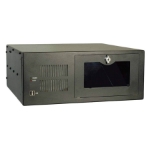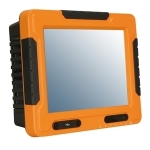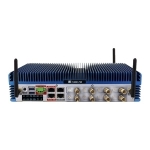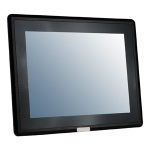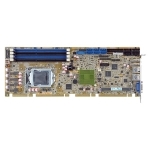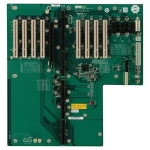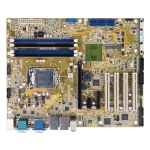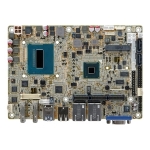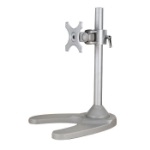In many ennvironments electronical devices must stand rough conditions and work for their indetnded period of time nevertheless they are set out to dirt, dust and humidity. IP protection classes define, how and where they can be used without getting a safety risk. Especialy in medical areas the safety is very important for the device and all above for the patients.
The following table shows the different IP protection classes:
| IP | Characteristic 1 for protection against contact | IP | Characteristic 2 for waterproofing |
|---|---|---|---|
| 0 | No special protection | 0 | No waterproofing |
| 1 | Protection from solid objects greater than 50mm in diameter | 1 | Protection from dripping water |
| 2 | Protection from object not greater than 12mm in diamete | 2 | Protection from vertically dripping water (tilted up to 15°) |
| 3 | Protection from object not greater than 2,5mm in diameter | 3 | Protection from sprayed water (tilted up to 60°) |
| 4 | Protection from object not greater than 1mm in diameter | 4 | Protection from splashed water |
| 5 | Complete protectionm against contact, Protection against dust deposit | 5 | Protection from water projected from a nozzle |
| 6 | Complete protectionm against contact, Protection from infiltration of dust | 6 | Protection against heavy seas, or powerful jets of water. |
| 7 | 7 | Protection against immersion | |
| 8 | 8 | Protection against complete, continuous submersion in water. | |
| 9 | 9 | Protection against the ingress of water form all directions even under greatly high pressure on the housing. (High-pressure/steam cleaner, 80-100 bar) |

